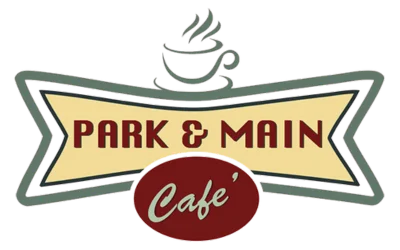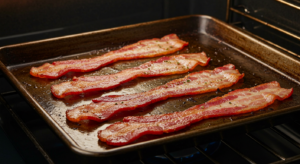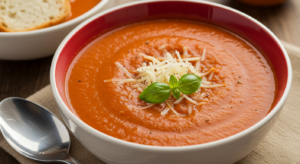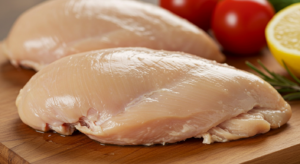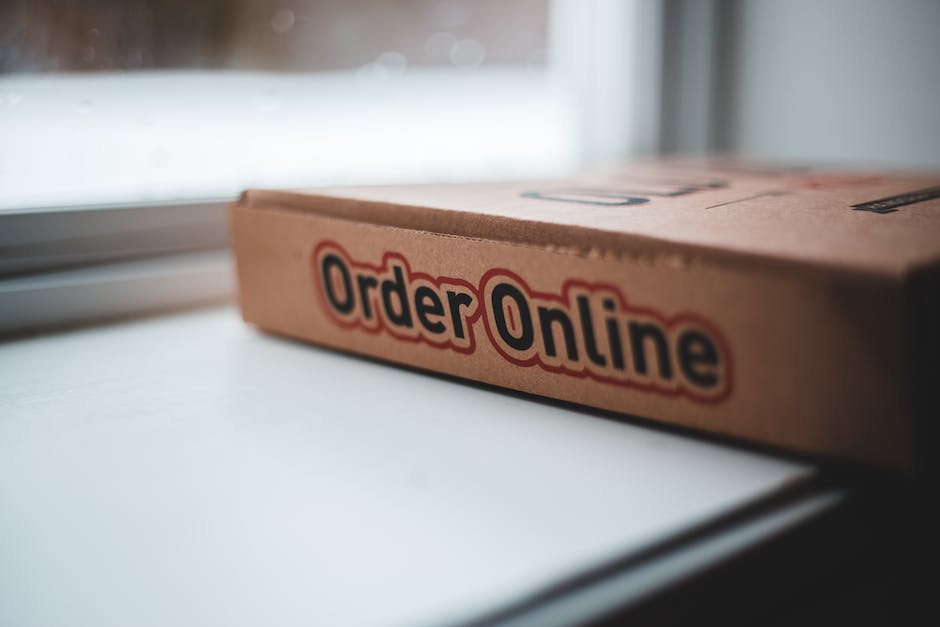
The Calorie Count in an Average Slice of Pizza
Do you know how many calories are in a slice of pizza? Ordinarily, a slice of pizza contains around 200 calories. This estimation is for a slice of cheese pizza with a regular, non-wheat crust. Clearly, the number of calories slightly varies based on the type of pizza and the specific ingredients used.
Numerous factors affect the calorie content, such as the type of crust (thin versus deep dish), the quantity and type of cheese (mozzarella, parmesan, cheddar), and the toppings. For instance, lining your pizza with pepperoni sausages and extra cheese can increase the calories considerably.
Pepperoni Sausages and Extra Cheese: A High-Calorie Topping Combination
Be cautious if you’re a fan of pepperoni sausages and extra cheese. This combination makes for a high-calorie topping that increases the calories in a slice of pizza. The added grease and fat from these toppings can push your calorie count well above 200 calories.
Keep in mind that though these toppings may be delicious, they may not contribute to a balanced diet. It’s crucial to be aware of pizza nutrition facts to enjoy your favorite food without overindulging. As much as possible, aim for balance in your pizza choices to ensure you’re still getting good nutrition.
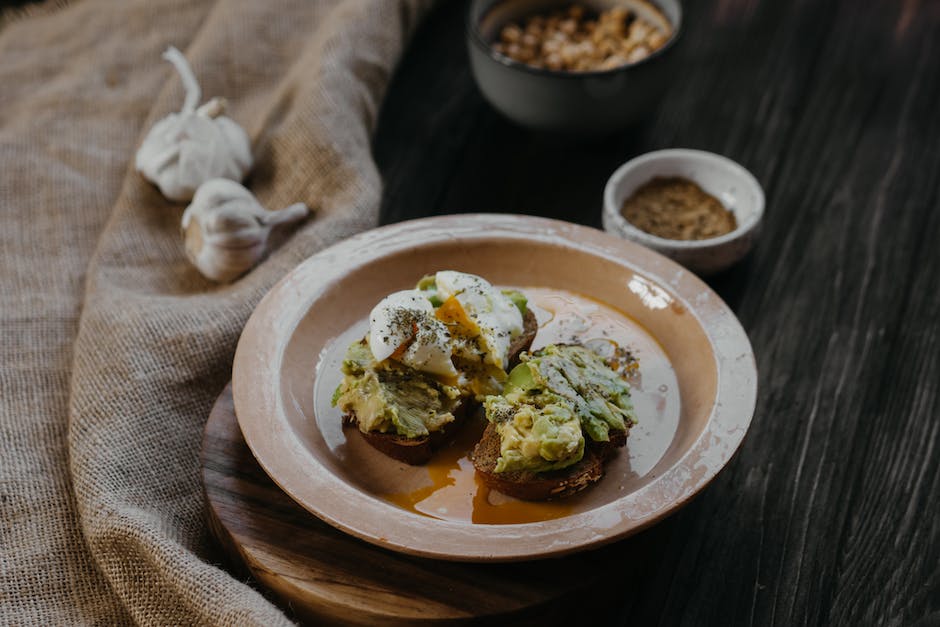
Choosing a Wheat Crust for Healthier Pizza
Selecting a wheat crust can be a healthier choice when considering how many calories are in a slice of pizza. Wheat crust is often lower in calories than its white counterpart and contains more heart-healthy fiber. For instance, a thin crust pizza with a wheat base could contain just under 200 calories.
Additionally, a slice of wheat crust pizza also offers additional nutrients like protein and healthy fats. It can even aid in maintaining a balanced diet. So, if you still want to enjoy a pizza slice, don’t worry about the calories in a slice, just go for a wheat crust.
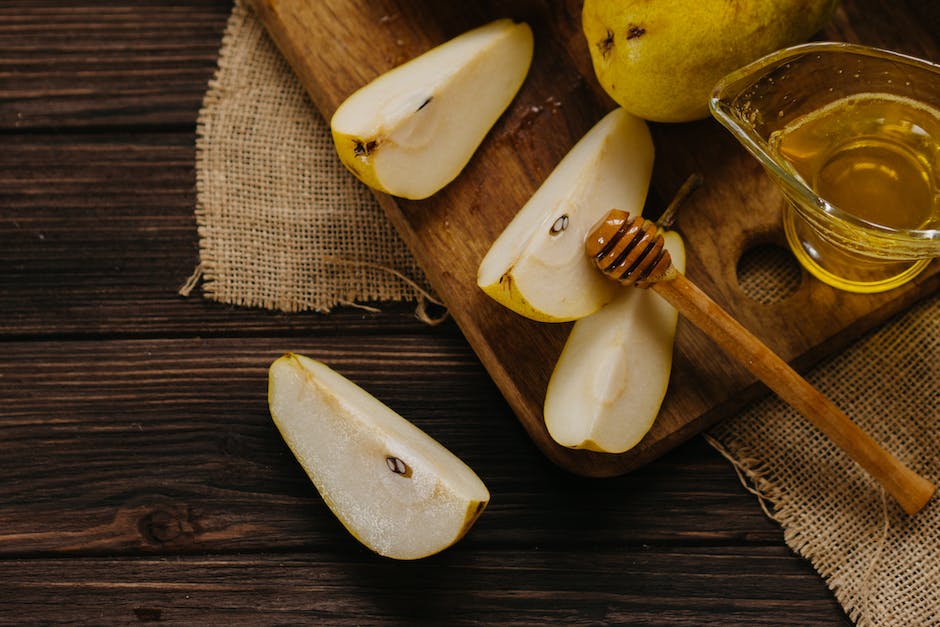
The Calorie Load in Deep Dish Pizza
For pizza lovers, a deep-dish pizza may seem irresistible. The thick crust, loaded with cheese, can add a significant number of calories. Incredibly, a slice of deep-dish pizza could pack almost 285 calories.
Keep in mind that pizza is not off-limits when you’re focusing on a healthy diet. It’s all about portion control and knowing the pizza’s nutrition facts. Make sure to balance your diet by eating other foods rich in protein, fiber, and vitamins.
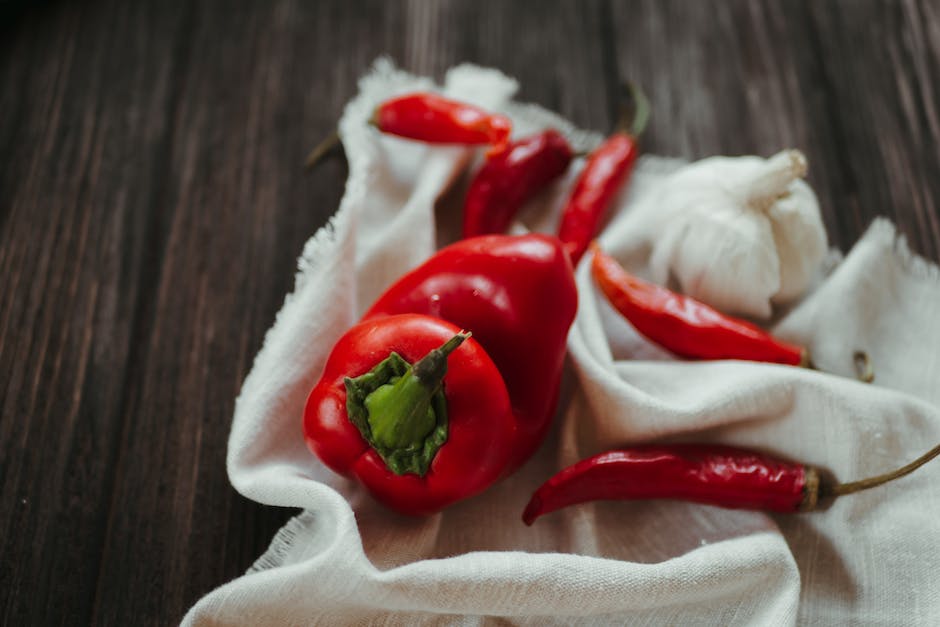
Lower Calorie Toppings: Lean Meats Like Chicken or Turkey
Adding lean meats like chicken or turkey on your pizza can be an excellent way to reduce the calories. These meats contain fewer calories compared to traditional pizza toppings like pepperoni or sausage.
Remember, it’s essential to maintain a healthy diet, but that doesn’t mean you have to give up on pizza. Instead, make smarter choices about the types of toppings you choose and how much you consume.
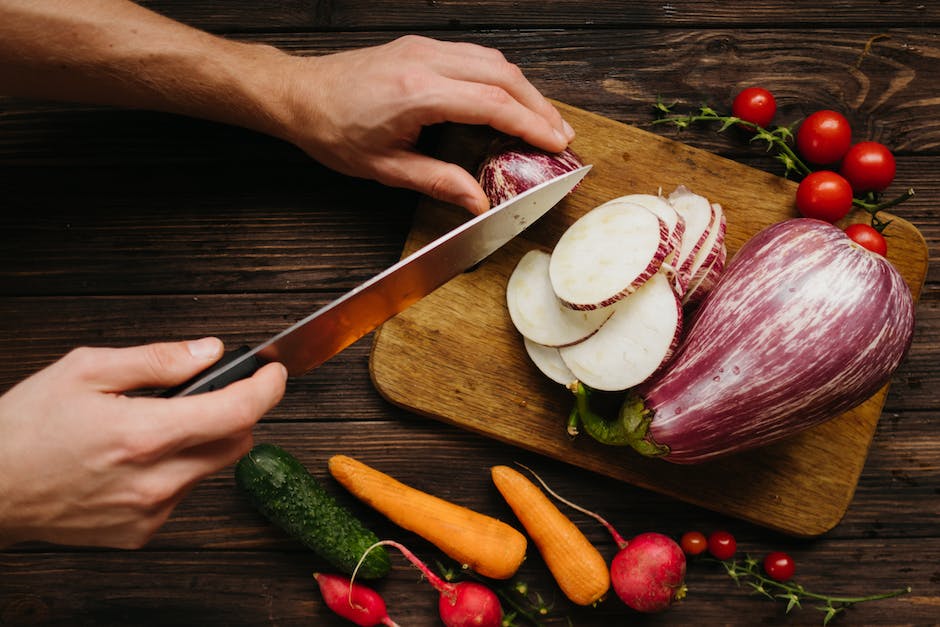
Why Does a Slice of Cheese Pizza Have So Many Calories?
Why does a slice of cheese pizza have so many calories? A slice of cheese pizza is high calorie due to the combination of the crust, cheese, and often buttery, garlic-infused sauce. All of these ingredients together can pack around 200 to 300 calories per slice.
But don’t fret if you love cheese pizza, small changes can help maintain a balanced diet. Consider switching to low-fat cheese, thin crust, and using less sauce to help reduce the calorie count.
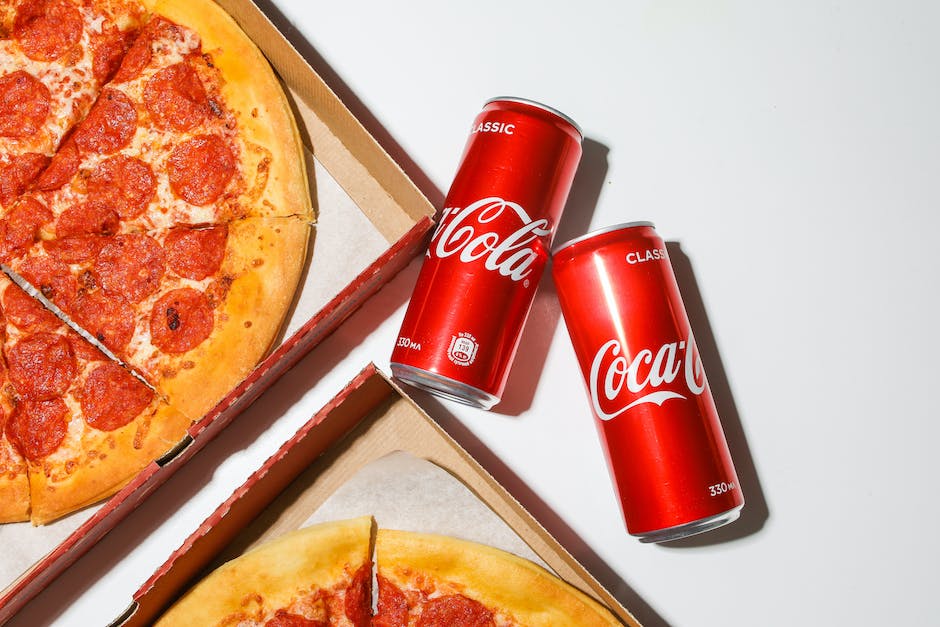
The Caloric Content of a Papa John’s Pizza Slice
If you’re a fan of Papa John’s, you might wonder how many calories are in a Papa John’s pizza slice. Depending on the type of pizza, toppings, and size, the number of calories could considerably vary.
Generally, a large slice from Papa John’s has around 285 calories. But remember, the calories can go up the more toppings you add—especially if you opt for high-fat toppings like extra cheese or sausage.
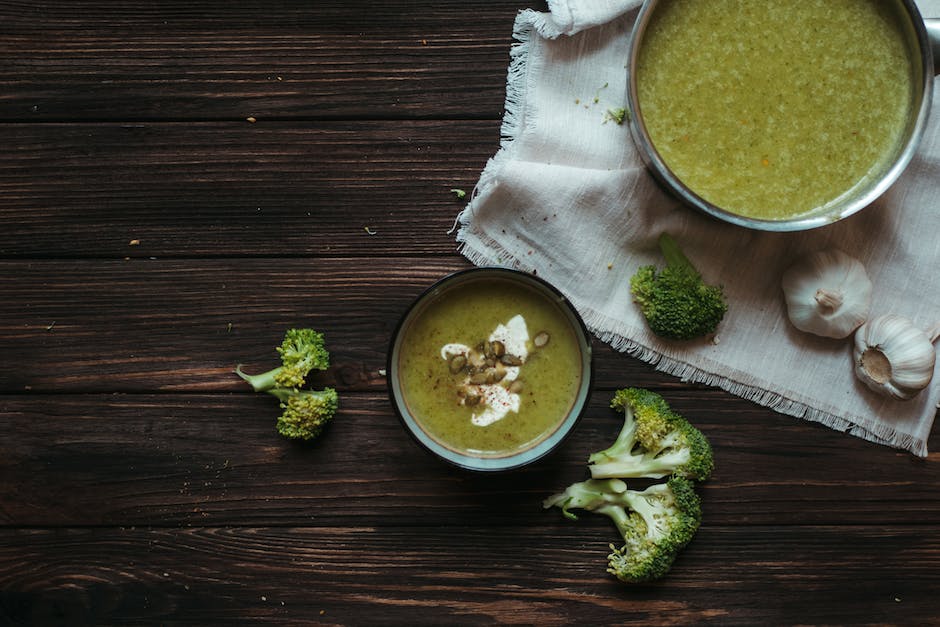
How to Enjoy Pizza While Staying Healthy
Do not despair if you’re a pizza lover aiming to eat healthily. There are plenty of tips for staying healthy while still enjoying pizza. Firstly, be mindful of your portion sizes: try sticking to one or two slices instead of eating half the pizza.
Try a vegetable-heavy pizza with less cheese to reduce your calorie count. Opt for thin crusts or wheat crusts instead of regular or thicker crust options. Most importantly, balance your pizza meals with lots of fruits, vegetables, lean proteins, and whole grains throughout the day.

Pizza Nutrition Facts and Calorie Count
Knowing the pizza nutrition facts and calorie counts can help you make more informed decisions about your diet. Keep in mind that while pizza can be high in calories, it can also make a tasty treat when enjoyed in moderation and in combination with other nutrient-dense foods.
Remember, it’s not just about the calories. Look for options that provide a balance of protein, good fats, and whole grains. A healthier pizza doesn’t have to mean giving up the foods you love. It’s all about making sensible choices.
FAQ
1. What’s the average calorie count for a slice of pizza?
Generally, a slice of regular pizza contains around 200 calories. However, this can vary based on pizza type and specific ingredients.
2. Can the type of pizza affect the calorie count?
Absolutely. For instance, a deep dish pizza could carry around 285 calories per slice. Toppings like pepperoni sausages and extra cheese can also significantly increase calorie count.
3. Are wheat crust pizzas healthier?
Yes, wheat crust pizzas often contain fewer calories compared to white crust pizzas and additionally provide more fiber and nutrients.
4. How can I reduce the calorie count of my pizza?
Opt for leaner meats like chicken or turkey as toppings instead of fatty meats, choose less cheese and sauce, and consider thin or wheat crusts.
5. Why does a slice of cheese pizza have so many calories?
A slice of cheese pizza is high in calories due to the combination of crust, cheese, and often buttery, garlic-infused sauce.
6. What’s the caloric content of a Papa John’s Pizza slice?
Typically, a large slice from Papa John’s has around 285 calories. However, added toppings can increase the calorie count.
7. How can I enjoy pizza while maintaining a healthy diet?
Be mindful of portion sizes, opt for vegetable-heavy pizza with less cheese, choose thin or wheat crusts, and remember to balance your pizza meals with healthy options throughout the day.
8. How much pizza can I eat while maintaining a balanced diet?
It’s recommended to stick to one or two slices and to consume pizza as part of a diet rich in fruits, vegetables, lean proteins, and whole grains.
9. Are all pizzas high in calories?
No. Pizza’s calorie content varies greatly, depending on crust thickness, portion size, and topping choice. Opting for thin crust pizza with lots of veggies can help to keep the calorie count more modest.
10. Are all pizza toppings high in calories?
No. Toppings like veggies, lean meats like chicken or turkey, and reduced-fat cheese options can help keep calorie counts down. High-calorie topping options usually include extra cheese, sausages, and bacon.
